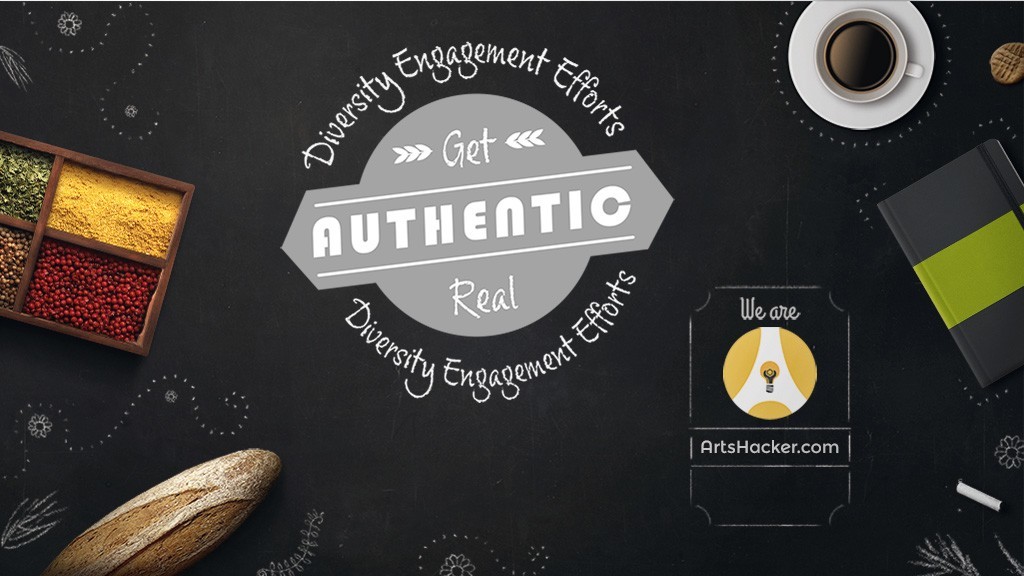The end of the fiscal year is looming for many arts organizations and Spring “We do good work, Give us your money!” letters are being written now. I’m sure many of those letters highlight sell-out shows and performances or exhibits with renowned guest artists. I bet most of them also highlight your organization’s education and community engagement programs.
Our elevator speeches that make it into these development letters include facts and figures of the programs: “25,000 kids in 12 counties heard one of two ensembles over a nine month period. 67% were from a Title I school, 34% were minorities and 8% were atypically developing kids.” We can ramble those numbers off in our sleep and they look impressive in the required boxes on grant applications.
The problem with numbers, though, is they don’t tell the whole story. They are, by their nature, quantitative, not qualitative data. Important, but not likely to tug at the heart of a donor or open the purse strings. Real life stories of how someone has been affected by your program are much more likely to do that.
A great example of this comes from a phone solicitation of a donor in Seattle. The donor, Erica Gomez, an admitted fan and donor of the symphony, challenged the Seattle Symphony caller about their engagement programs: “So does this outreach affect communities of color at all? Who gets access to this work?” Instead of rattling off the numbers, the caller relayed her family’s personal experience with the symphony’s education programs, which in turn led them to, what I assume from Gomez’ post, was a very frank and honest discussion about the arts and the need for communities of color to have equal access.
I wonder what the results that including real life stories of the effects of our community engagement programs would yield. The CSO is including the story of a kid who came to our Young People’s Concerts in our spring mailing, so one case study results to come.
As an organization, we don’t do enough to make our organization accessible. Don’t get me wrong, I think we do a lot. But, many challenges and realities affect our ability to do a better job. Diversity, particularly in areas of the country still facing the hangovers of segregation and those facing new realities of race equality, is not an area that we are going to solve overnight or in one season. There is not one solution or strategy that will work across the board. So, what if we told that to donors? If we said “dear donor, we know it’s an issue that our audience doesn’t look like the community it serves. We’re working hard at it, but it is not a quick fix. We could use your mental, physical, and yes, financial support to help us.” I wonder if that frankness and honesty, challenging your supporters to help you in more than one way, would yield even bigger results.
